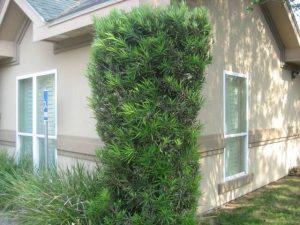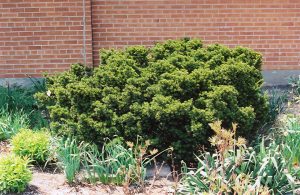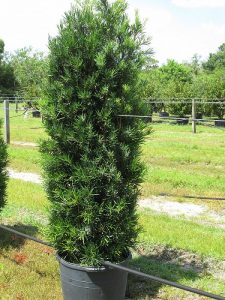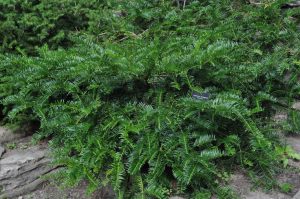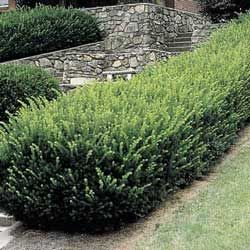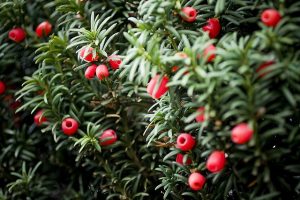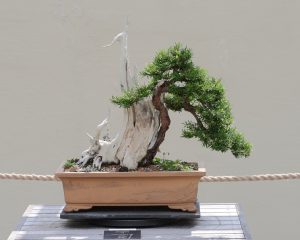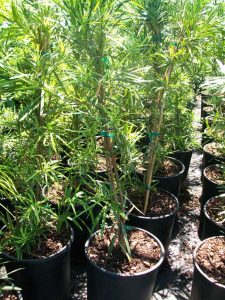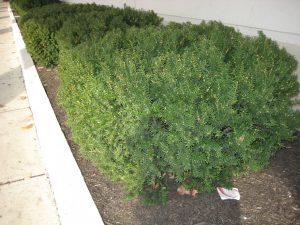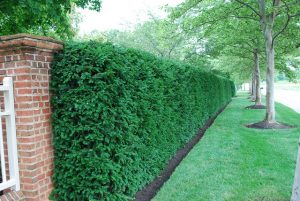Japanese Yew
The Japanese yew is a highly sought after ornamental shrub native to Japan, Korea, and some other countries in the region. It is very tolerant to pruning and is ideal for use as a hedge, backdrop for a garden, and in its native regions, particularly Japan as a bonsai tree.
Scientific Classification
| Kingdom | Plantae |
| Division | Pinophyta |
| Class | Pinopsida |
| Order | Pinales |
| Family | Taxaceae |
| Genus | Taxus |
| Scientific Name | Taxus cuspidata |
Quick Information
| Also known as | Spreading Yew, Upright Yew (in the United States), Spreading Japanese Plum Yew, Ichi-i (in Japanese) |
| Similar to | English Yew |
| Size | A variety of sizes; dwarf Japanese Yew hardly grows taller than about 2.5 feet; an upright Japanese Yew may grow more than 50 feet |
| Leaves (Needles) | Lanceolate, flat and of dark green color; 1-3 cm in length and 2-3 cm broad; arranged spirally on the stem |
| Flowers | Form on the previous years’ wood, blooming between March and April; dioecious in nature and insignificant in adding to the plant’s ornamental qualities |
| Fruits | Toxins called Taxine A and B are present; can be fatally poisonous to dogs, cats, cattle, horses, and humans |
| Tree Type | Evergreen |
| Distribution/Range | Japan, Korea, Northeast China and the extreme southeastern regions of Russia; also found in North America |
| Hardiness Zone | 4 |
| Lifespan | If undisturbed, it can live for many centuries |
| Growth Rate | Moderate |
| Growing Conditions | Winter Conditions – Does not do well in extreme cold and snow Summer Conditions – Best place for a Japanese yew during summer is one with morning sun and afternoon shade Soil – Any well-drained soil, whether acidic or alkaline Sunlight – Tolerant of full sun, part sun or part shade; trees tend to grow slowly when in the shade Watering – Needs a moderate amount of precipitation |
| Diseases/Pests |
|
| Flowering Season | Spring |
| Seed Production | A hard seed, covered by a red berry-like formation called an aril, which ripens between September and November |
| Seedling Development | Seeds germinate easily but slowly |
| Wildlife Value | Attracts white-tailed deer, cardinals, waxwings, and thrushes, which like to devour the poisonous berries |
| Cultivars |
|
| Uses | Its wood is used in making furniture, buildings (in Japan) and arts and sculptures |
| IUCN Conservation Status | Least Concern |
Interesting Facts
- Astonishingly, the oldest Japanese Yews in the Sikhote-Alin region of Russia are believed to be over 1000 years old.
- It is one of the most durable of trees, impervious to pollution and bad weather that other coniferous trees may not be able to withstand.
References:
- https://plants.ces.ncsu.edu/plants/taxus-cuspidata/
- https://www.missouribotanicalgarden.org/gardens-gardening/your-garden/help-for-the-home-gardener/advice-tips-resources/visual-guides/yew-problems
- https://www.inaturalist.org/guide_taxa/552060
- https://en.wikipedia.org/wiki/Taxus_cuspidata
Published on August 1st 2016 by Sudipto Chakrabarti under Yew.
Article was last reviewed on 5th December 2024.


